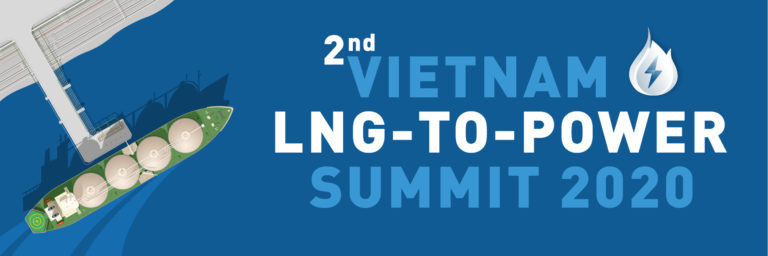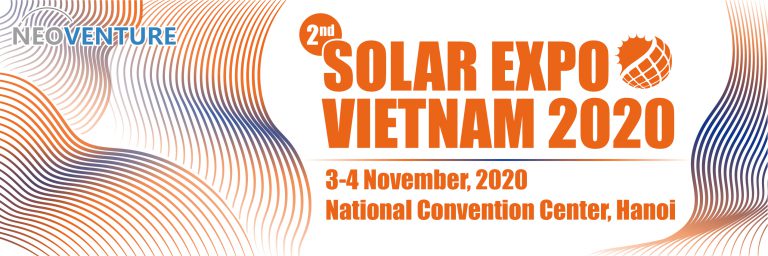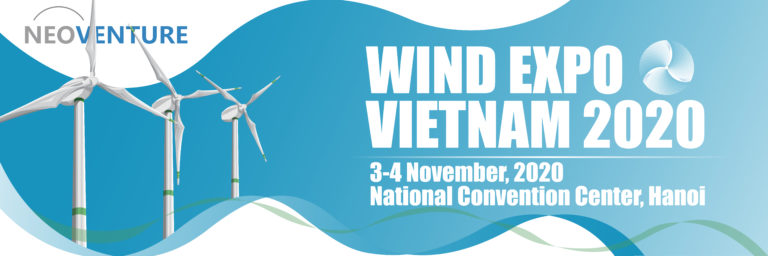LAO'S ENERGY MARKET
Energy Sectors
Loas is a land-locked country in the South Asia. In terms of energy generation from renewable energy sources, 56% of energy comes from hydro, 22% from biogas, 11% from solar and the remaining 11% from biomass. Therefore, hydro is the main source for electricity generation in Loas. In terms of primary energy demand, 80% of the demand is met by renewable energy sources and 20% by non renewable energy sources. The renewable energy sources include biomass (68% of the total demand), hydro (12% of the total demand). The non-renewable energy sources include oil (17% of total demand) and coal (3% of the total demand).
The latest available data for describing energy situation in Laos was from 2008. Figure 1 presents the share of each energy source in the national primary energy demands. The share of renewable energy is rather high (80%). Biomass and hydropower are the main renewable resources of Laos. The biomass is normally used for thermal energy generation whereas hydropower is almost an exclusive source for electricity generation.
According to the latest statistic data provided by Electricite du Laos (EDL), national utility, the installed electricity capacity was 2569.70 MW in 2011. Total electricity generated in 2011 was 12,841.30 GWh. Most of the electricity generation in Laos is done by hydropower. As a result, the electricity generation is dependent on the season. Laos has an electricity shortage problem during dry season when hydro source is not enough to cover national electricity demand. Laos established an electricity trade with neighbor countries i.e. Thailand, Vietnam, and China to overcome this dry season shortage. In contrast, most of the generated electricity is not consumed domestically but exported to neighboring countries during raining season.
Being a member of the Greater Mekong Sub-region (GMS) Economic Cooperation, it has a potential to cooperate with its neighbouring countries , especially in power trading. The Electricity Laws (1997) sets the background for public-private partnership model while the Investment Laws (2009) provide necessary financial incentives like import duty free, profit tax exemption and subsidies to attract investments.
Upcoming Events


